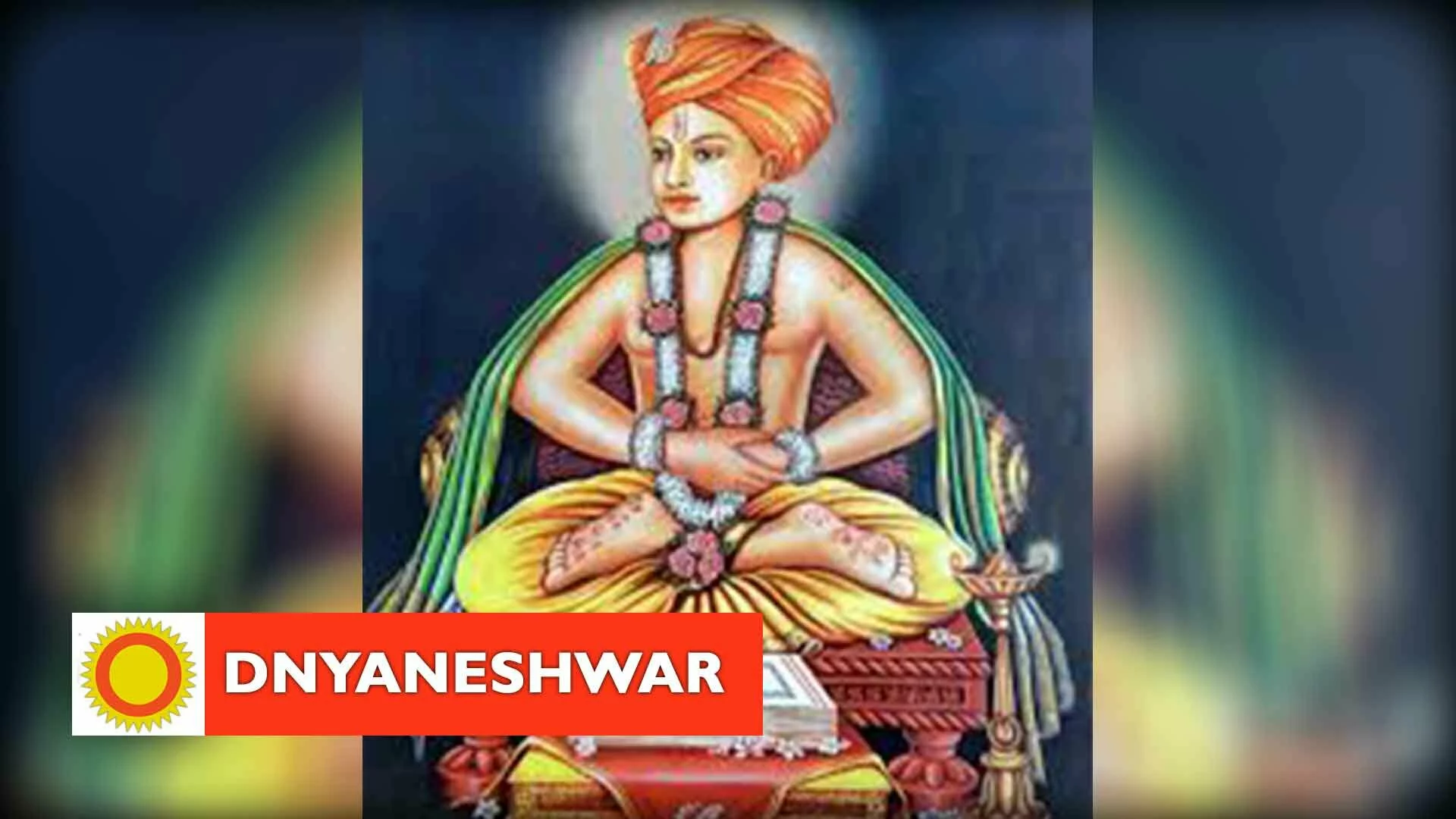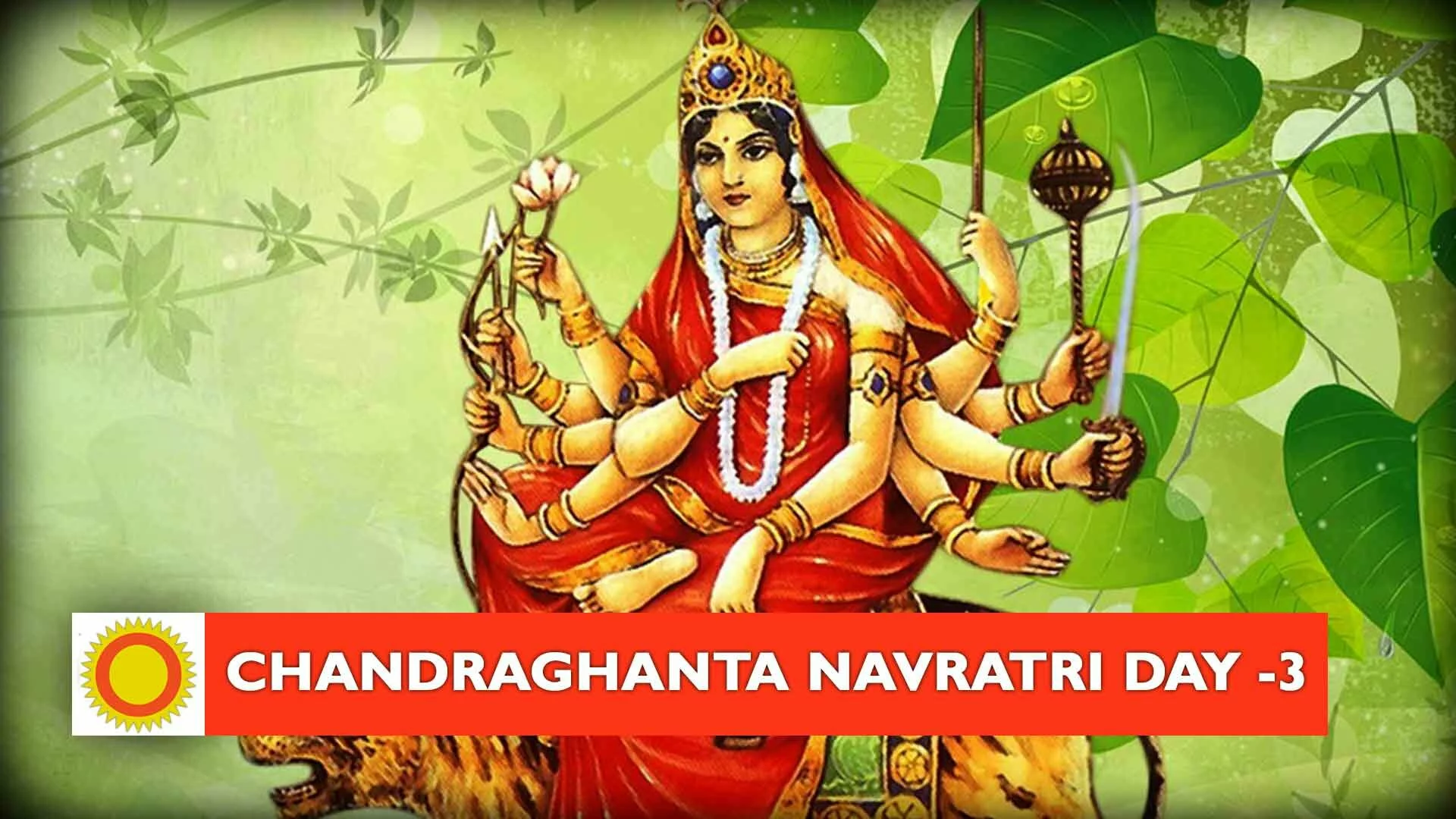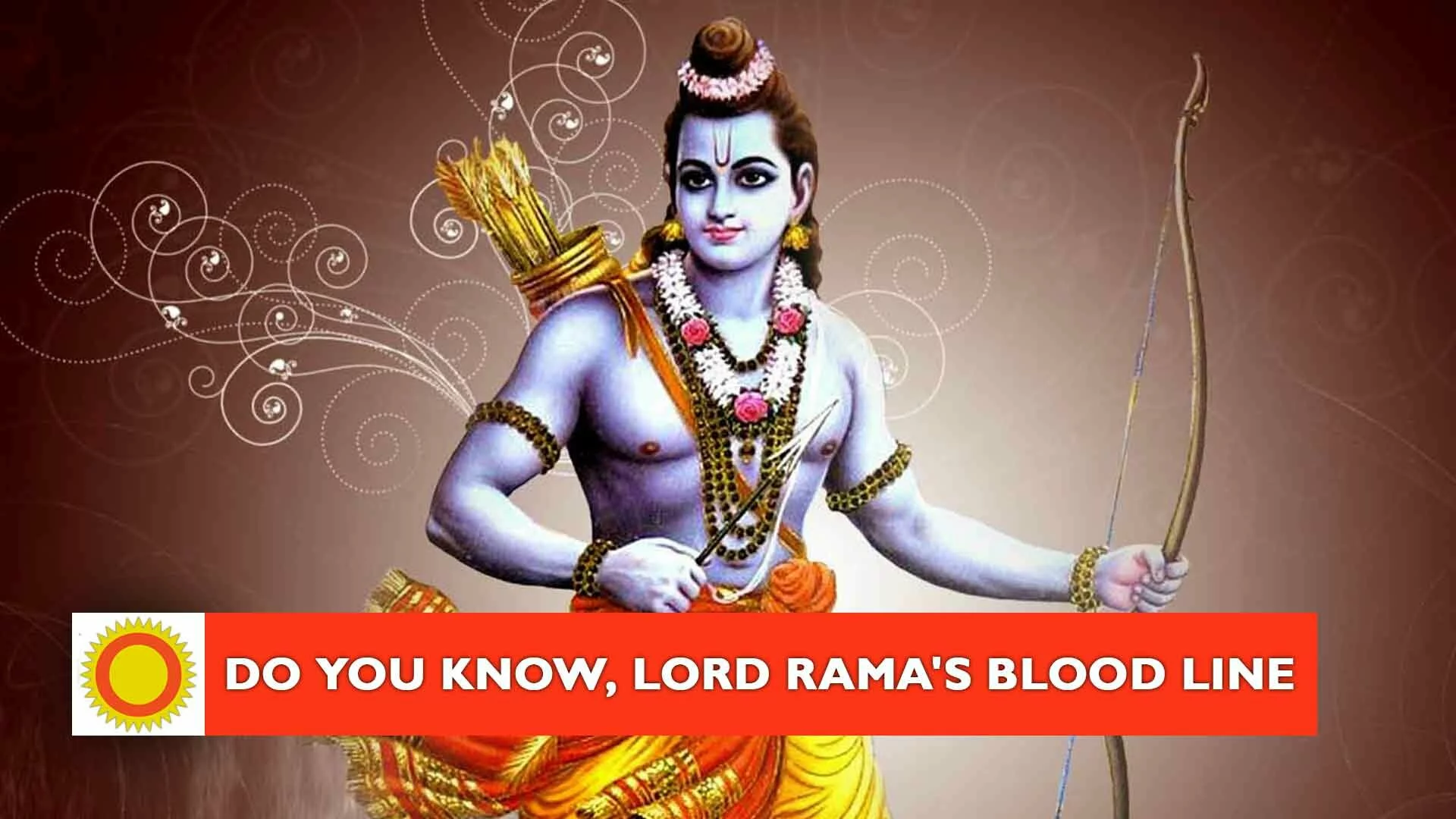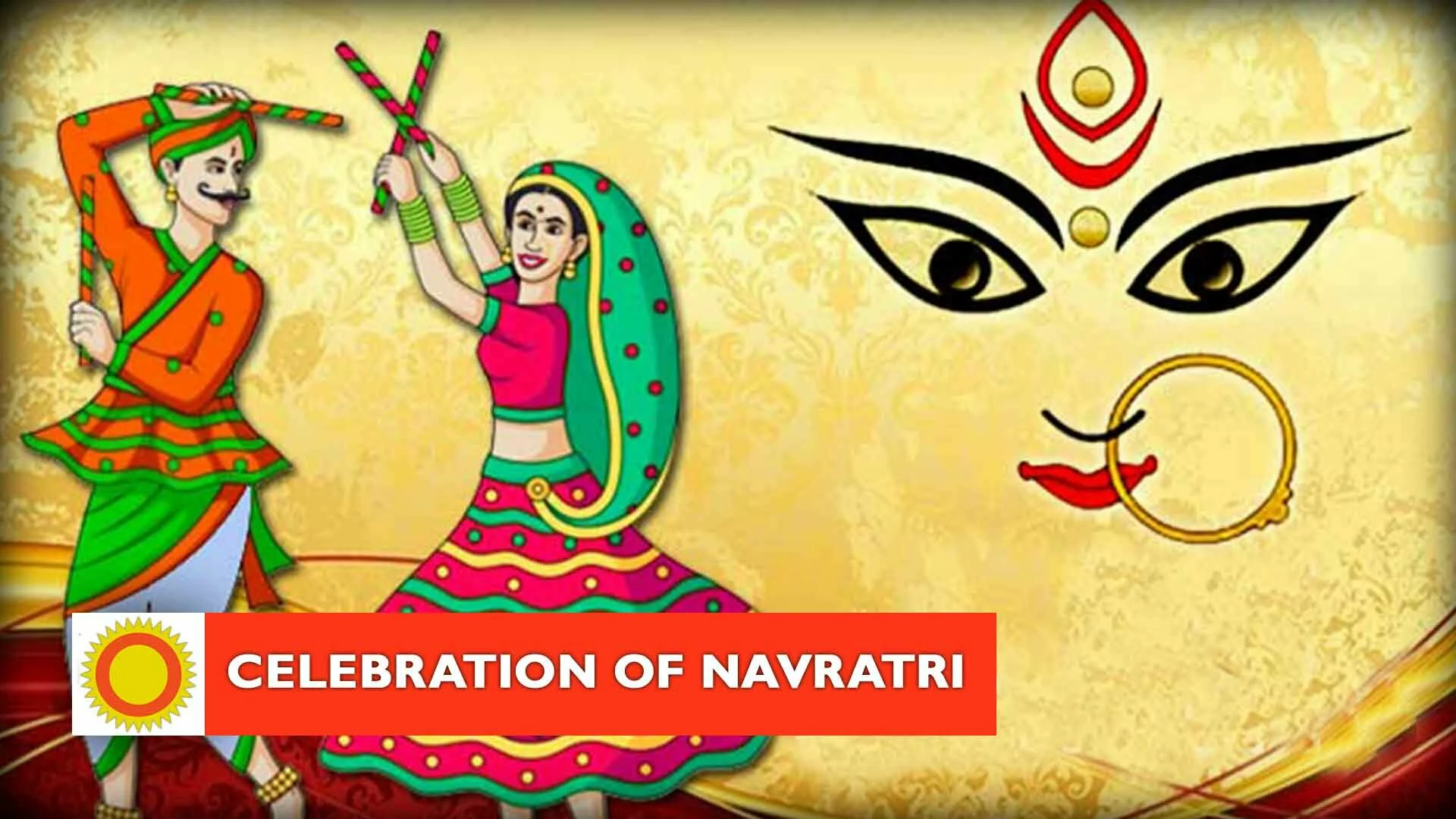Dnyaneshwar (or Jnandev) was one of the greatest saints of Maharashtra. Dnyaneshwar (Lord of Jnyana or knowledge) was the son of a saint turned householder named Vittalpanth whose father was the village accountant called Govindapanth. Dnyaneshwar had two brothers and a sister, Nivritti, Sopana and Muktabai. Vittalpanth was a Sanskrit scholar and religious minded. He had always yearned to take Sanyas and attain self-realisation but was obliged to marry Rukmabai, daughter of Sridharpanth of Alandi. Yet his mind was for Sanyas and getting disgusted with worldly affairs he renounces the world and takes Sanyas from Sripad Yati (Ramananda Swami) at Varanasi. Rukmabai was filled with grief and could do nothing but only pray for his return. Once Rukmabai had the fortune of meeting Sripad Yati, the guru of Vittalpanth during his visit to Alandi. She seeks his blessings and as usual he blesses her to have many children. To this she weeps bitterly and relates her woes. Seeing her deplorable condition Yati on his return to Varanasi advises Vittalpanth to go back to Grihastha Ashram and live with his wife. Vittalpanth resumes his householder’s life but the orthodox Brahmins outcaste them for they maintain that it was against the scriptures to return to householder’s life once having taken up Sanyas. Nivritti (1273 A.D.), Jnandev (1275 A.D.) Sopan (1277 A.D.) and Muktabai (1279) were born to Vittalpanth and Rukmabai eventually. But, when the time came for performing the thread ceremony of the sons, the Brahmins refuse to perform it claiming children of a Sanyasin were prohibited by the scriptures to have thread ceremony. The only Prayaschitta for the parents was to give up their lives. As it is they were put to great hardships and humiliation by the Brahmins so they decide to end their lives in the hope that the Brahmins may out of pity perform the thread ceremony of their children. Jnandev now with great hopes approaches the Brahmins of Alandi to fulfill his father’s wish but though the Brahmins assented they wanted them to bring an authority letter from (certificate of Shuddi) from the Brahmins of Paithan. So they go to Paithan. All the children of Vittalpanth were well versed in Vedas and Scriptures. In fact Nivritti was regarded as an incarnation of Shiva, Jnandev of Hari, Sopan of Brahma and Muktabai of Saraswati. Nivrittnath had once the fortune to be initiated by Jnaninath and learn from his Guru the mysteries of Yoga and spiritual knowledge. On going to Paithan they recite the Vedas before the Brahmins but are stopped as they were not entitled to recite the sacred Vedas owing to their father’s wrongdoing. To prove that anybody could recite the Vedas, Jnandev makes a buffalo continue to recite the Vedas from the point where Jnandev was asked to stop! Struck with wonder and recognizing their spiritual learning and greatness, the Brahmins give them the required certificate of purification Jnandev was initiated by Nivrittinath, Jnandev had attained immense spiritual powers and had performed many miracles. It is said in the absence of frying pan, Muktabai used to cook on Jnandev’s back. Again, once when the Brahmin who was to perform the anniversary of his father did not turn up, Jnandev brought the Pitris themselves to earth from heaven. Another remarkable and well-known miracle Jnandev performed was during his meeting with Saint Chang Dev who was known to have attained by his Yogic powers control over all living beings. He was too proud and used to travel on a tiger with serpent as a whip. Curious to see Jnandev and as a challenge goes to meet Jnandev riding a tiger. Jnandev and his brothers see him coming pompously, so to welcome him respectfully first they ask the wall on which they were seated to take them to Chang Dev. Seeing them coming them on an inanimate wall Chan Dev is wonderstruck and pride humbled. Chang Dev instantly prostrates before Jnandev and accepts him as his Guru. Of all his attributes Jnandev or Dnyaneshwar is famous for his Dnyaneshwari, the commentary on Gita which he wrote when he was only thirteen. His commentary is considered one of the best by scholars. On the advice of his Guru Niritti to write a treatise on his spiritual experiences, Jnandev wrote Amritanubhava which contains the highest experiences of his in 800 couplets. It seems a pillar is still shown at Nevase where Jnaneshwari was written. Jnandev with his brothers and sister did lot of pilgrimage including Rameswaram and Madurai. It was at Pandharpur that Jnandev and Namdev became spiritual friends. This meeting filled Jnandev with inspiration for the Pandhari Sampradaya of which he became the first apostle. Those who follow this “Wari” system visit Pandharpur on Ashad Ekadashi (june-July) and Kartik Ekadashi (October-November) days atleast once annually. There have been many books with commentaries of Dnyaneshwar on Gita in Marathi as also translations of the same in English. Dnyaneshwar had, at a young age, a vision of that Light and he gave discourses on the Gita, which came to be known as Bhavartha Dipika or Dnyaneshwari, bringing to light the deeper meaning and hidden significance of the dialogue between Lord Krishna and Arjuna in Gita. The commentaries of Jnandev are simple to be understood with beautiful similies and examples. For example 58th verse in Chapter II (Sankhya Yoga), we find “Just as a tortoise in joyous mood spreads out or withdraws his limbs at his will and pleasure, even the Yogi has full control over his senses and makes them act as he likes; such a one has, take it for certain, attained the state of Sthitaprajna.” Again in Chapter III Karmayoga (38) “Just as a serpent coils round the root of a sandal tree or the foetus is enveloped by chorion in the womb, or there cannot exist the Sun without its rays, or the fire without smoke, or a mirror without dust, in the same way we have never seen the knowledge singly and absolutely free from lust and anger, just as good seed is ever covered in the husk.” Jnandev had a vast following of disciples but prominent among the followers were Namdev, Jani, Narahari, Gorakumnhar, Sena and Chokamela. At the young age of twenty-two Jnandev gave up his physical body at Alandi on the 13th day of the dark half of the Kartil month. It is learnt Jnandev sat performing Kirtan and meditating on God, and passed away in that state. Nivrittinatha then placed a slab on the Samadhi of Jnandev which, it seems, is still to be seen before the temple of Siddheshvara in Alandi.
You may also like
Chandraghanta navratri day -3
After Maa Shailaputri and Maa Brahmacharini, Goddess Chandraghanta will be worshipped on the third day of Navratri falling on September 23, 2017. The ten-day long festival of Sharad Navaratri began on September 21 and...
Improper use of power
Improper use of power In the initial part of the Mahabharata, birth of Karna is detailed. Kunti, the princess was the mother of Karna. One day Durvasa paid a visit to Kunti’s palace. Durvasa is known for his short...
Brahmacharini-Navratri-Day-2
Sharad Navaratri 2017 began on September 21 (Thursday) with most states except West Bengal doing Ghatasthapana Puja on Pratipada to invoke Maa Shakti. After revering Devi Shailaputri on the first day, the devotees gear...
Do you know, Lord Rama’s blood line
Sharad Navaratri 2017 began on September 21 (Thursday) with most states except West Bengal doing Ghatasthapana Puja on Pratipada to invoke Maa Shakti. After revering Devi Shailaputri on the first day, the devotees gear...
Celebration of Navratri
The word "Navaratri" is a conjunction of two words "nava" (meaning "nine") and "ratri" (meaning "night"). Spread over 9 nights...







